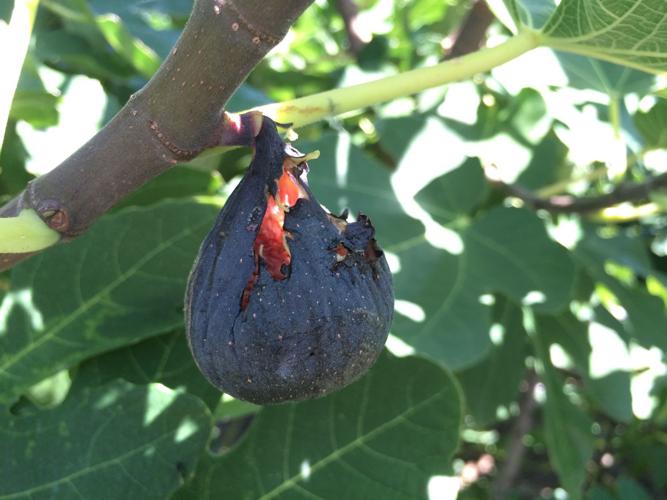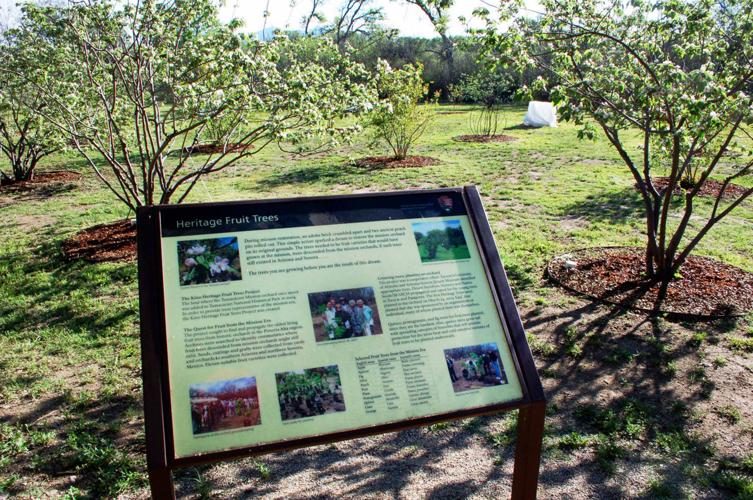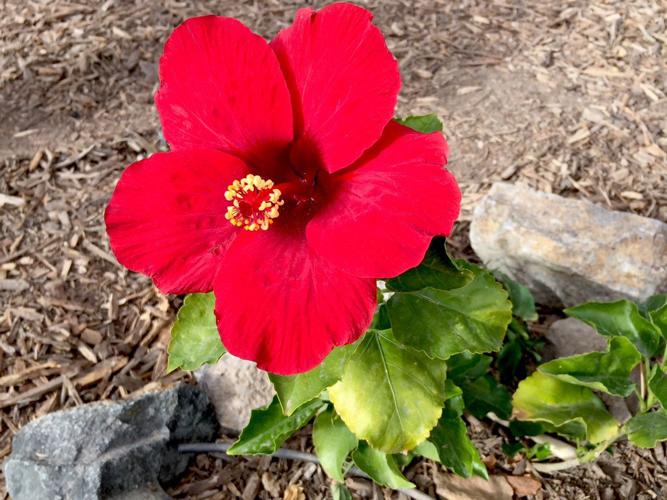If you’re looking for something new to try in your garden and landscape, consider something old.
Four botanical gardens around Southern Arizona exhibit what people planted in the past, from Hohokam farm crops that were thriving when the Spanish appeared in the 17th-century to 20th-century backyard oases.
That these gardens exist today means you can replicate your own historical landscape.
Mission Garden
946 W. Mission Lane
955-5200, www.tucsonsbirthplace.org
The 4-acre spread in the shadow of “A” Mountain focuses on gardens that Spanish missionaries tended starting in the 1600s. But it also features the cultural contributions of other gardeners.
Plots of Hohokam and Tohono O’odham crops include corn, squash, tepary bean, cotton, devil’s claw, agave, panic grass, amaranth and tobacco. Missionaries taught the Tohono O’odham how to grow winter crops, which continue to be planted today: I’itoi onion, pea, winter wheat, yellow-flesh watermelon and sorghum.
The exhibit of plantings during Spanish colonialism includes pomegranate, apricot, sour orange and plum trees, grapes, sugar cane, chard, fava bean, white wheat and herbs.
One garden shows the contributions of an 18th-century Swiss missionary who asked for seeds from home. What survived in this desert-gardening experiment are shown here, including chamomile, mint, cauliflower, carrot, lettuce and flaxseed.
Some of the plantings in the Mission Gardens sections are echoed in the 1850s Mexican Garden. There also are fig, mulberry, mustard green, chard and garlic.
The Mexican Garden isn’t just a historical exhibit. “It also has the kinds of things Mexican-Americans have been growing in their backyards ever since,” says Kendall Kroesen, Mission Garden’s community outreach coordinator.
Chinese gardeners in the late 1800s and early 1900s grew not only what they wanted to cook, but also what “they can sell in the market,” says Kroesen.
In the Chinese Garden exhibit you can see pea and corn, but also daikon, fuzzy melon, bok choy, tasoi, Chinese broccoli, lemongrass, snow pea, jujube and red meat radish.
Tohono Chul Park
7366 Paseo del Norte
742-6455, tohonochulpark.org
The park’s Ethnobotanical Garden shows the intersection of Tohono O’odham and Spanish gardening during colonial times. In the summer it’s full of plants for food, basket-making, medicine and ceremonies. That includes sunflower, I’itoi onion, corn, wheat and tepary bean. It also includes fruit trees brought by the Spanish–Mexican sweet lime, fig, pomegranate, guava, quince and palmelo.
Desert shrubs and succulents thrive in the Sin Agua (“without water” in Spanish) Garden when rain fills the basins, a tactic used in Hohokam farming.
During the summer you can see how the park grows what’s called the three sisters, where corn, squash and beans share space.
Tucson Botanical Gardens
2150 N. Alvernon Way
326-9686, tucsonbotanical.org
Among three historical gardens is one that demonstrates what many new Tucson residents of 20 to 70 years ago wanted to have to remind them of the more lush places they moved from.
The Botanical Gardens have preserved some of the original landscape at the Porter family house, around which the gardens were developed.
Plants include citrus, rose, privet, Aleppo pine, pyracantha, myrtle, oleander, chaste tree, sweet-olive tree and nandina.
“The garden continues to be maintained with plants consistent with this early garden style that sought to create an oasis within the surrounding desert of the time,” says Ashley Pedersen, the gardens’ director of education.
The Native American Crops Garden shows two ways Southwestern Native Americans watered their fields. One was flood irrigation using canals and check dams to distribute water. The other was terrace gardening that slowed runoff on hilly land and instead let water seep deeply into the soil.
For these gardens the botanical garden plants chiltepin, cotton, squash, wheat, amaranth, sorghum, corn, bean, squash and gourd.
Nuestro Jardin (Spanish for “our garden”) replicates the generations-old Mexican-American barrio garden that typically includes recycled materials, family mementos and a religious shrine. Rose, lily, flowering vine, iris, chinaberry, fig, citrus, herbs and vegetables fill the space.
Tumacacori National Historical Park
Off Interstate 19 at Exit 29
1-520-377-5060, www.nps.gov/tuma[1-520-377-5060, www.nps.gov/tuma]
Pima County master gardeners tend the gardens around the 157-year-old Spanish mission complex south of Tubac.
Following historical writings and drawings, the gardeners have installed 114 species of plants that were used by the Spanish and the Akimel O’odham who lived in the area before colonization.
The plantings include more than 60 individual trees in the historical orchard, including olive, quince, pomegranate, fig, apple, pear, plum, apricot and peach.
The courtyard and entryway to the preserved remains of the site, which is run by the National Park Service, contains plants that provided food, medicine and materials for making baskets. They represent a combination of crops cultivated by the indigenous people, cuttings and seeds that the missionaries brought with them and native species that could be transplanted at the mission.
“They could only plant things that the missionaries could have gone out on horse back, dug up and brought back in a day,” says master gardener Debbie McIntosh, who leads the team that cultivates the gardens.
Blue gramma, deer grass, bear grass, yucca and limber bush are some of the plants used for making baskets. Medicinal and culinary plants include borage, tarragon, bay laurel, little leaf mock orange, lavender spice, Arizona rose, barrel cactus and agave.
A booklet that’s used during a self-guided tour details the plants, including how they were used in cooking and medicine.
Resources
Two public sources have provided seed and plants to Mission Garden, Tumacacori and the Tucson Botanical Gardens to help them create authentic displays of historical gardens.
Native Seeds/SEARCH sells more than 400 varieties of seeds, most “with a long historical connection to the greater Southwest,” according to the nonprofit group’s website. Seeds can be ordered online or at its retail store.
The nonprofit Desert Survivors sells plants that are native to the area surrounding Tucson. It also offers fruit trees that have been grown from original stock brought by Spanish and Mexican settlers.
“Father Kino’s Herbs: Growing Them & Using Them Today” (Tierra del Sol Press, 2011) by Tucsonan Jacqueline Soule focuses on plants brought by Spanish missionary Eusebio Kino.










